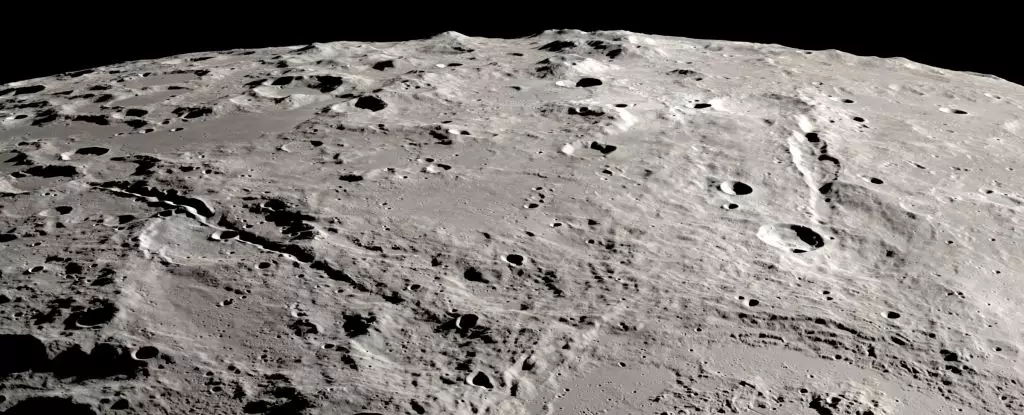The Moon, Earth’s sentinel, has intrigued humanity for millennia. Its silvery surface, marked by an array of features, serves as a window into the Solar System’s history. While the Grand Canyon embodies the awe of terrestrial topography, with its majestic expanse shaped by the persistent flow of the Colorado River over eons, the Moon presents a different narrative. Here, we uncover striking geological formations, likened to canyons, yet born from unique celestial events rather than the slow, relentless erosion we observe on Earth.
The Mystique of Vallis Schrödinger and Vallis Planck
Among the Moon’s diverse geology, two prominent canyons stand out: Vallis Schrödinger and Vallis Planck. Unlike Earth’s Grand Canyon, which stretches 446 kilometers but reaches a mere 1.86 kilometers in depth, these lunar formations present a more dramatic profile. Vallis Schrödinger measures 270 kilometers and plunges 2.7 kilometers deep, while Vallis Planck reaches 280 kilometers and dives 3.5 kilometers into the lunar crust. These dimensions reveal that while the Grand Canyon remains longer, the Moon’s canyons are significantly deeper, hinting at a turbulent past where impacts, not water, dictated their formation.
The prevailing theories surrounding the formation of Vallis Schrödinger and Vallis Planck suggest a dramatic origin tied to an immense impact event. This hypothesis emerged from research conducted by a team led by David Kring, a planetary scientist at the US Lunar and Planetary Institute. Employing advanced imagery of the lunar surface, Kring’s team thoroughly analyzed the canyons, reputable for their striking resemblance to Earth’s formations but drastically different in origin—born from the violent ejection of material during an asteroid or comet collision.
Using intricate maps that visualize the trajectories of ejecta created by the impact at Schrödinger crater, the research team postulated that this colossal event transpired roughly 3.8 billion years ago. Their findings revealed that the ejected material from this impact was expelled asymmetrically, predominately toward the lunar hemisphere opposite to the south pole. Speeds of ejection ranged impressively between 0.95 and 1.28 kilometers per second, even more astonishing when contextualizing the energy required for such a phenomenon. Researchers estimate that the energy released by this impact was approximately 130 times greater than the combined yield of nuclear arsenals worldwide.
With the forthcoming Artemis III lunar mission scheduled for 2027, which aims to explore the south pole region of the Moon, these findings take on new significance. The mission will mark a critical step in understanding lunar geology while offering insights into the Moon’s history and evolution. One pertinent concern for astronauts, however, relates to potential hazards from impacts—though the historical context suggests that they will face little risk from collisions, given the antiquity of the Schrödinger event.
Even more importantly, the research demonstrates that the ejecta from this ancient impact primarily disperses away from the anticipated Artemis landing sites. This creates an advantageous scenario for the astronauts; they are more likely to access the older, deeper strata of lunar regolith, rich in minerals critical for studying the Moon’s formation and geological history.
The Moon, through formations like Vallis Schrödinger and Vallis Planck, reveals much about our solar system’s tumultuous past. By studying these canyons, scientists not only draw parallels between lunar and terrestrial geology but also pave the way for future exploration that could illuminate the Moon’s enigmatic history. As humanity prepares to return to the Moon, understanding the forces that shaped its surface becomes indispensable. The quest for knowledge will not only unveil the layers of our natural satellite’s allure but may also provide insights that extend well beyond lunar exploration into the broader context of planetary science.


Leave a Reply